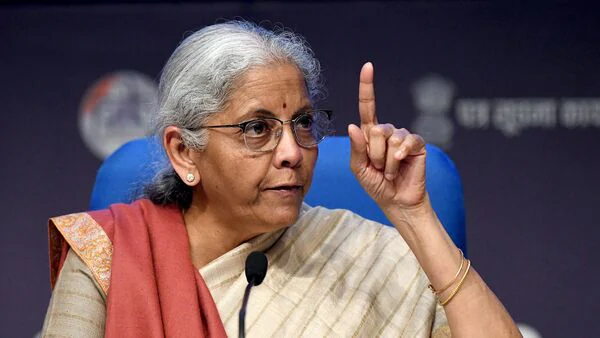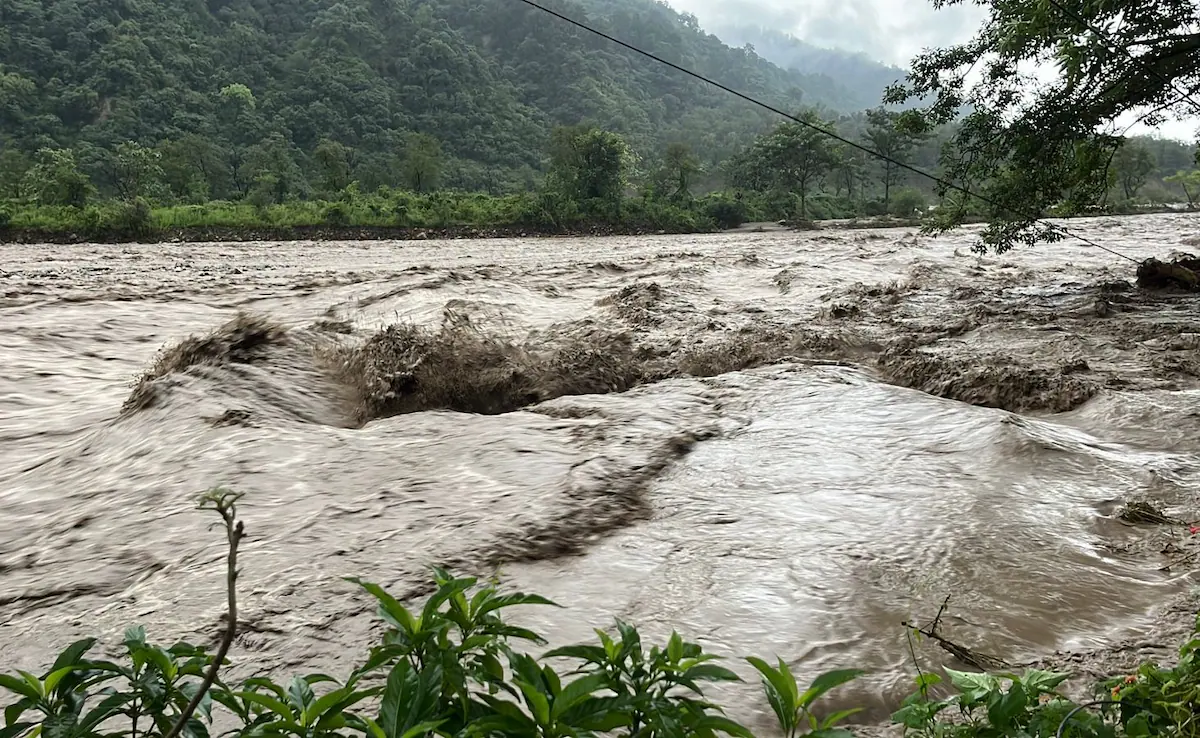Uttarkashi Cloudburst 2025: Tragedy, Rescue, and the Lessons We Must Learn
On the morning of August 5, 2025, the serene landscape of Dharali village in Uttarkashi district, Uttarakhand, was devastated by an unexpected and violent cloudburst. What followed were raging flash floods, landslides, and large-scale destruction that left locals, pilgrims, and authorities grappling with a sudden natural disaster.
The Uttarkashi cloudburst, which occurred near the sacred Kheer Ganga area, was one of the most severe in recent years, sweeping away homes, hotels, shops, and tragically, lives.
What Caused the Disaster?
A cloudburst is an extreme weather event where heavy rainfall falls in a short period, typically over mountainous terrain. In this case, torrential rains struck overnight and early morning, causing rivers and streams to overflow rapidly. The sudden surge of water turned into a wall of destruction, flattening everything in its path.
The India Meteorological Department (IMD) had issued a red alert for the region, predicting heavy rains and potential flash floods. However, the magnitude of this cloudburst took everyone by surprise, even in an area familiar with monsoon-related challenges.
Extent of the Damage
As of the latest reports:
-
Four people have been confirmed dead, with several others injured.
-
An estimated 50 people are still missing, feared buried under debris or swept away by the floods.
-
20–25 hotels and homestays along the Gangotri pilgrim route have been destroyed.
-
Hundreds of homes and shops were damaged or washed away.
-
Vital infrastructure including roads, bridges, and power lines has collapsed or been rendered inaccessible.
-
Communication and electricity were disrupted in multiple locations including Harsil, Maneri, and Gangotri.
Locals described the event as a “river of mud and rocks” crashing into the village. Visuals captured by villagers and media show massive destruction, uprooted trees, overturned vehicles, and debris-strewn streets.
Swift Response by Rescue Teams
In a commendable response, the Indian Army’s Ibex Brigade, stationed nearby, arrived at the site within 10 minutes of the cloudburst. Alongside the National Disaster Response Force (NDRF), State Disaster Response Force (SDRF), ITBP, and local police, rescue operations began almost immediately.
Key actions include:
-
Evacuation of 70+ individuals from flood-hit zones.
-
Deployment of sniffer dogs, drones, helicopters, and medical teams.
-
Setting up emergency shelters and helipads for relief and logistics.
-
Continuous search for missing persons under the rubble using heavy machinery.
Despite harsh weather and difficult terrain, rescue workers are racing against time to locate survivors and provide aid.
Ongoing Weather Threats
The IMD has issued continued warnings for the region:
-
Red alert till August 10 for more heavy rainfall.
-
Possibility of secondary landslides due to saturated soil.
-
Tourists and pilgrims are strongly advised to avoid traveling to the region.
With the terrain already unstable, further rainfall could worsen the situation, making rescue operations more dangerous.
Why Uttarakhand Is So Vulnerable
The Uttarkashi cloudburst highlights the growing vulnerability of the Himalayan region:
-
Ecological Fragility: The region’s fragile mountainous terrain is naturally prone to erosion, landslides, and flooding.
-
Rapid Urbanization: Unregulated construction of roads, hotels, and buildings without proper drainage has increased disaster risk.
-
Climate Change: Increasingly erratic monsoon patterns, intensified by global warming, have made cloudbursts more frequent and severe.
-
Overtourism: The pressure from thousands of pilgrims and tourists each year adds to the environmental strain on already delicate ecosystems.
Community Impact and Resilience
Despite the chaos, the local community's resilience is remarkable. Volunteers from nearby villages are assisting rescue teams, offering food, shelter, and manpower. Many have lost their homes but are still helping others find safety.
Several NGOs and civil society groups have mobilized resources to provide blankets, dry food, water, and medical assistance.
What Needs to Be Done
While the rescue operations continue, the disaster underscores the urgent need for:
-
Disaster-Resilient Infrastructure: Buildings and roads must be constructed with geological sensitivity.
-
Early Warning Systems: Improved prediction and communication systems for cloudbursts.
-
Climate Adaptation Plans: Focus on afforestation, watershed management, and community awareness.
-
Regulated Development: Stricter laws on construction and tourism in eco-sensitive zones.
Conclusion
The Uttarkashi cloudburst of 2025 is not just a natural calamity — it’s a warning. A reminder that development must go hand in hand with sustainability. The lives lost and the destruction seen in Dharali cannot be in vain. It’s time for governments, citizens, and institutions to rethink our approach to nature, especially in the fragile Himalayan belt.
While we pray for those affected, let this also be a moment of reckoning — to protect our environment before more such disasters strike.









